After a tumultuous 2020, Building Contractors are using the downtime caused by the Coronavirus to review their business models. The most obvious question is how to use technology, notably Artificial Intelligence, to increase productivity? However, vanguard companies are also looking at how to revolutionise their existing business models. The following are some predictions:
BUILDING CONTRACTORS TO MOVE TOWARDS CRADLE-TO-GRAVE SERVICE RESPONSIBILITY?
However, more radically questions are being explored, like for example, the feasibility of moving from “building” to “providing a service”?
In an effort to secure stable and vigorous cashflows, many companies have begun to delve into the “Asset Lifecyle Service Providers” model, which incorporates, not just constructing the building and handing over the keys, but ongoing facilities management services, through-life services and maintenance.
This has come about as customers have become increasingly interested in buying “outcomes” rather than “bricks and mortar” assets. At the end of the day a hospital is more focused on providing “care” to its patients than managing a building.
An advantage of the model is that Building Contractors will be more inclined to give attention to asset quality and ease of maintenance.
If, as predicted, the Building Contractors begin to move away from a “two-contract model”, (one for building and one for service), towards one which comprises the entire “lifecycle” of the assets, the internal operations, processes and priorities will change. New skills will have to be developed so as to be “best in class” in new concepts, including field service scheduling and optimization, service-level agreements and customer engagement.
BUILDING COMPANIES TO BECOME EXPERTS IN “AMAZON LIKE SUPPLY CHAIN LOGISTICS” AND “HENRY FORD TYPE MASS PRODUCTION”?
More and more building companies have been exploring the idea of “Offsite Construction”, which is often referred to as “prefabrication”. This is a break from the traditional method wherein individual materials such as wood, sand and cement are shipped to, and assembled, on site. The future would see huge indoor factories where components or modules would be built on “Henry Ford type mass production conveyor belts”, producing a series of standardisation parts, for example “Wall type 1b”, “Wall type 1c”, etc., which will be shipped and assembled on site. A “Back to the Future” type idea?!!! Consider the engineering firm Babcock who used such a system to build Terminal 5 at Heathrow Airport.
This business model represents new challenges for the industry, principally logistics. In order to get all these relatively huge parts shipped from all over the world, (we will possibly see the factories being set up where labour costs are lower), arriving “Just in Time”, Builders will have to learn how to manage supply chains, part numbers, inventories, logistics, return systems, faulty product policy, bottlenecks, service levels, etc. It seems that Amazon's expertise has a lot offer to construction industry.
5D AND 6D BIM MODELS IN THE NOT TO DISTANT FUTURE?
The concept of Building Information Modeling (BIM) goes back as far as the 70s. Today, most of us will have at least seen 3D BIM models which helps us conceptualise and develop complex buildings. Some of us will be familiar with the fourth generation BIM model which also considers timing and scheduling, producing video simulations of how and in what order the building should be constructed.
The technology experts are now looking at how we can combine Enterprise Resource Planning software with BIM software, thus incorporating money into the picture. Such technology would replace tedious manual calculations, (with a relatively high margin for error), with streamlined projections and models, which would permit automatic drill-downs on individual work packages.
Is there yet another dimension? Yes, if companies do in fact move towards cradle-to-grave service responsibility, as described above, we’ll have to consider maintenance. Obviously, we’ll have to wait to see if this plays out in reality, before we start singing of the glories of 6D BIM. On the other hand, who knows? One thing 2020 taught is that traditional models can be turned upside-down almost overnight. If nothing else, the future will be interesting.
This article was first seen on:
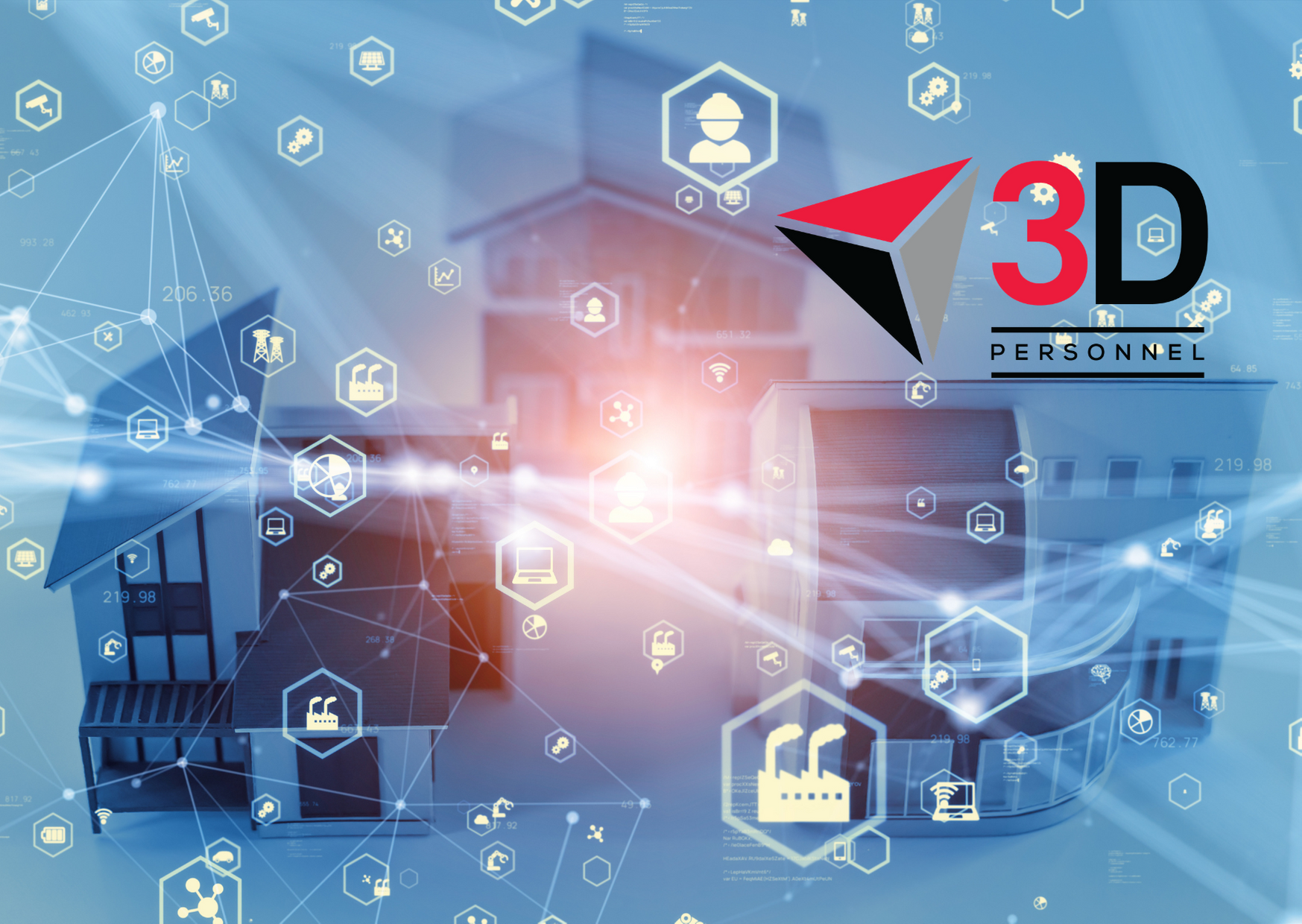



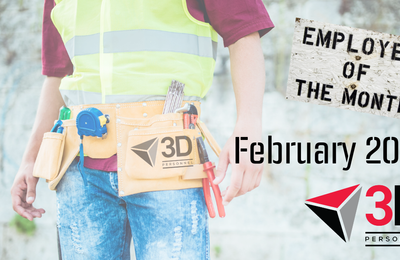
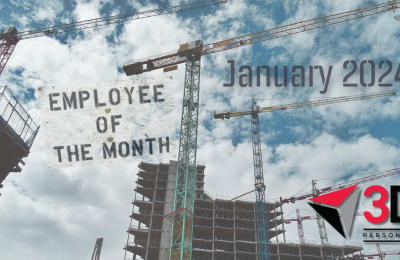
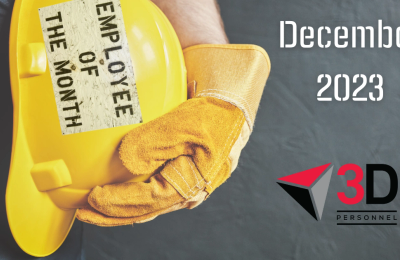
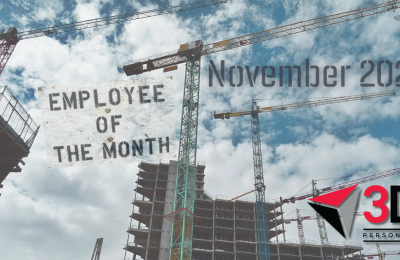




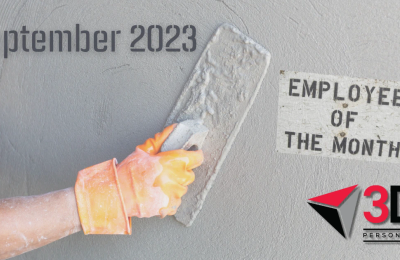
LIVE NEWSFEED